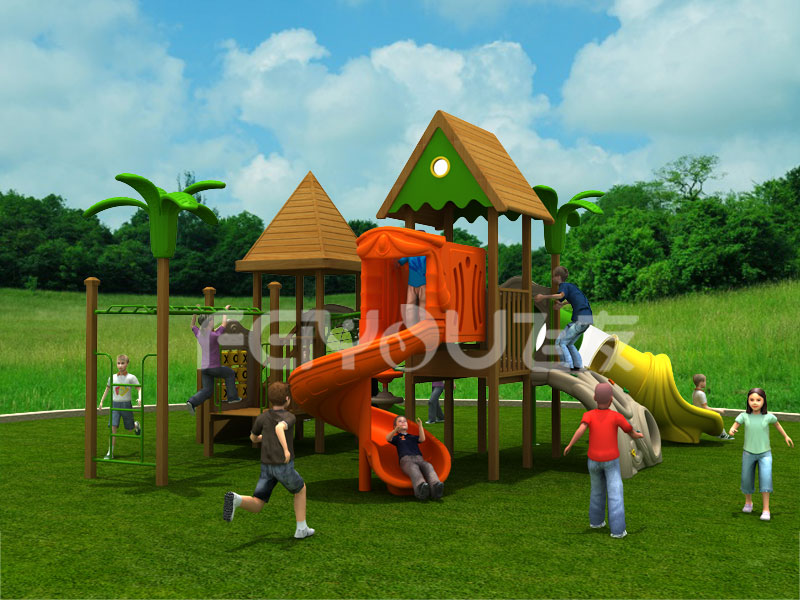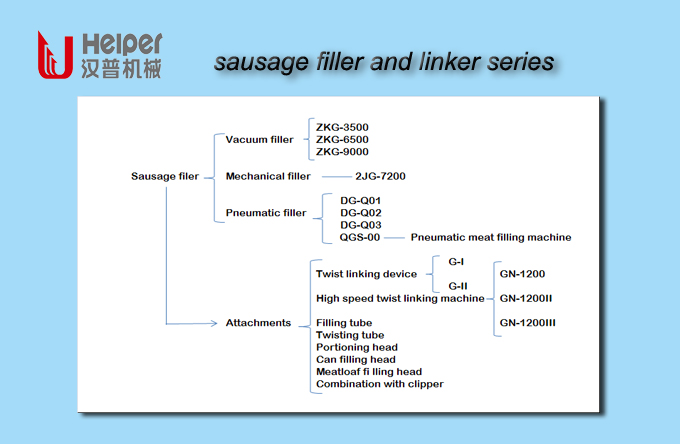Artificial drying is an important part of ensuring the quality of solid wood. The purpose of drying is mainly to stabilize the wooden board body so that it does not shrink, swell and deform during the subsequent use, and at the same time, it also improves the processing performance, service performance and durability of the solid wood board. The key to dry quality is that the final moisture content must reach an equilibrium moisture content slightly lower than the use environment. It is about 10%-12% in the south of China, 8%-10% in the north, and 6%-8% in the northwest, and must be dry, and ensure that no warping, no cracking, and drying stress are basically relieved.
Due to the variety of wood drying methods and types of drying equipment, and the variety of commercial products are mixed, in order to help companies properly purchase drying equipment, this article has been prepared for readers' reference.
The appropriate drying method must be selected according to the drying characteristics and requirements of solid wood panels, and the size and conditions of the company.
Steam heating conventional drying
The method is a conventional drying method for drying wood by heating the saturated air steam with a gauge pressure of P≤0.4 MPa through a heater to heat the drying air in the kiln. The advantages are that the process parameters are easy to control, the drying quality is generally good, the temperature and humidity can be regulated in a wide range, and various wood materials can be dried; and the heating can be centralized, and the application is more common. Disadvantages are the need for steam boilers, high investment costs, and the main use of the latent heat of vaporization of steam. Condensate water is often not utilized due to wasteful recovery, resulting in waste and increased costs. It is mainly suitable for enterprises with large-scale production or ready-to-use steam, especially suitable for dry-type softwood materials such as dried coniferous materials and soft-leaf materials. For small and medium-sized enterprises, this method is not very suitable because it requires expensive steam boilers.
Extended reading: the moisture content of wood that you should understand
Furnace gas heating conventional drying
This is a conventional drying method for wood that is directly or indirectly heated by burning waste wood. Direct heating of furnace gas drying smokes black wood and is prone to misfire. Therefore, there are many ways to dry furnace gas that is not heated indirectly:
1 Simple fire type: The stove and furnace gas pipes are arranged in the underground of the fire room, and the materials are piled up in the fire room and dried by the natural circulation of hot and humid air. This is a relatively primitive method of drying and often bake or cause fire. It is not recommended.
2 Small Stove Oven Type: This is a small dryer on the side of a metal container that resembles a container, equipped with a wood waste burning furnace and its furnace gas ducts and simple fans. It can hold 2-5m3 of wood. The method of drying also has potential safety hazards, it is easy to burn wood or fire, and because of its unreasonable air circulation and uneven drying. It is not recommended.
3 modern furnace gas indirect heating drying kiln: kiln with a reasonable design and layout of the furnace gas heating pipe group, other configurations and general drying kiln the same. In the case of a kiln designed by an expert, safety and reliability are guaranteed. This kind of kiln's special burner can be located outside the kiln, but also in the kiln, the former is relatively safer, but the cost and heat loss are relatively high.
The conventional drying of furnace gas heating does not require a steam boiler, and the use of wood waste energy has low investment costs and low drying costs. However, due to temperature and humidity are difficult to adjust and control, dry quality is not easy to guarantee. If the design of the drying kiln is not good, it can easily damage the wood and cause a fire. For medium and high-grade solid wood panels, this drying method should be used with caution.
Hot air drying
The hot air stove for heating is located outside the kiln and is connected to the drying kiln by inlet and return air pipes. After the air drying medium is introduced into the kiln outside the hot air furnace through the return air pipe, it is sent back to the kiln by the blower, which is a kind of conventional drying with double circulation of air flow. The disadvantages of this method are the low utilization of heat energy, large power consumption, uneven distribution of temperature and humidity fields in the kiln, difficult adjustment of process parameters, slow and uneven drying rate, easy corrosion of return air ducts and blowers, and low capacity of drying kilns. The production cost is higher than the cost, and it is not recommended.
Dehumidifying and drying
Dehumidifiers (or heat pumps) are used to dehumidify the air drying medium in the kiln and heat it appropriately to dry the wood. The dehumidifier can only work in the set temperature range to have dehumidification effect. The working temperature of the ordinary dehumidifying dryer does not exceed 55°C, and the working temperature of the medium-temperature dehumidifying dryer does not exceed 65°C.
The advantage of this method is that there is no pollution from the use of electrical energy; it is easy to operate and the drying quality is generally better. The disadvantages are the high cost of using electric energy for drying, long drying time, and low productivity; the dehumidifier is prone to failure, high maintenance costs, and short service life; there is no humidity control device, and the drying stress cannot be eliminated. Since the drying power mainly depends on lowering the relative humidity of the drying medium instead of increasing the temperature, the effect is more pronounced when the water content is high or when it is easy to dry and the effect is not obvious when the water content is low or the dry and hard-to-dry tree is used.
However, using this method to dry and dry tree species or when the moisture content is high, it is too dry and too slow, sometimes causing wood mold. It is recommended that wood board companies do not use unless the output is low and there are special requirements for environmental protection.

The company Sports Equipment Co., Ltd. mainly produces a variety of children's slides, children's furniture, outdoor development, children's toys, naughty fortress and other teaching toys products, is a design, production, sales as one of the science and technology enterprises. Company official website:. support hotline. Company Address: No.16, Chuangqiang Road, Lucheng District, Wenzhou City Light Industry Industrial Park.
Warmly welcome your patronage, the company dedicated to serve you!
Filling And Linking Technology
Helper has designed different filler series for small scale producer, medium sized business, and industrial enterprises,such as vacuum filler,piston stuffers.
---The vane cell feed system, together with vacuum pumping system, guarantees a long service life and the highest product quality.
---Mechanical filler is newly designed by our feeding technical team and it represents a new beginning of Chinese mechanical filling machine.
---Pneumatic filler is the most economical solution for the beginning of small scale producer with frequent changes in the product range.
sausage linking system,sausage hanging system:
The sausage linking and hanging system is the advanced solution to hang the sausages immediately after twisting-off. The workers handle easily the hanged sausages to smoking step by using a hanging stick. A simple twist linking device is also available to the filling machine to realize automatic twisting products production.

Automatic Sausage Stuffer,Vacuum Filler,Sausage Linking System,Sausage Hanging System,Piston Stuffers
Helper Machinery Group Co., Ltd. , https://www.helperfoodsolution.com